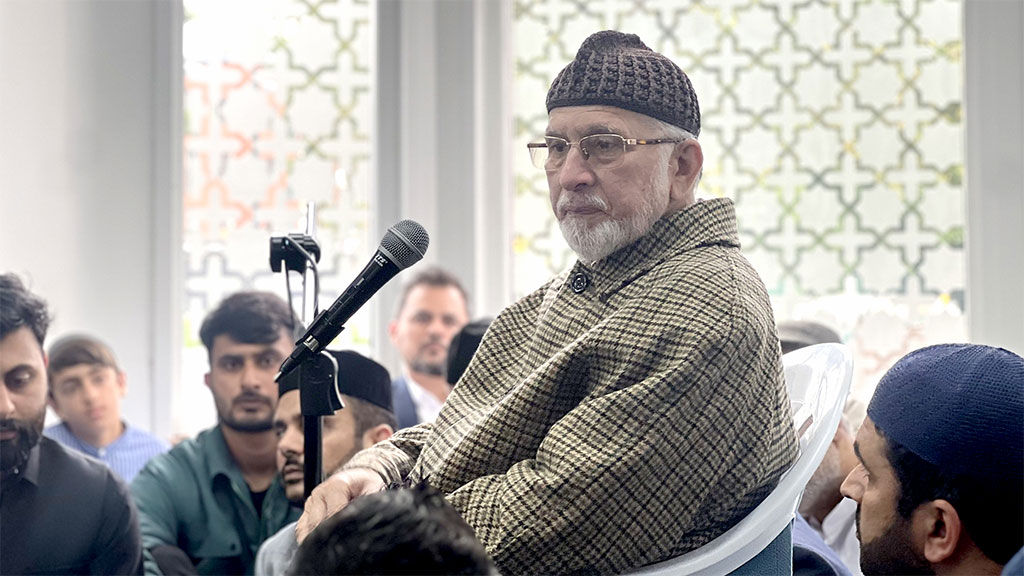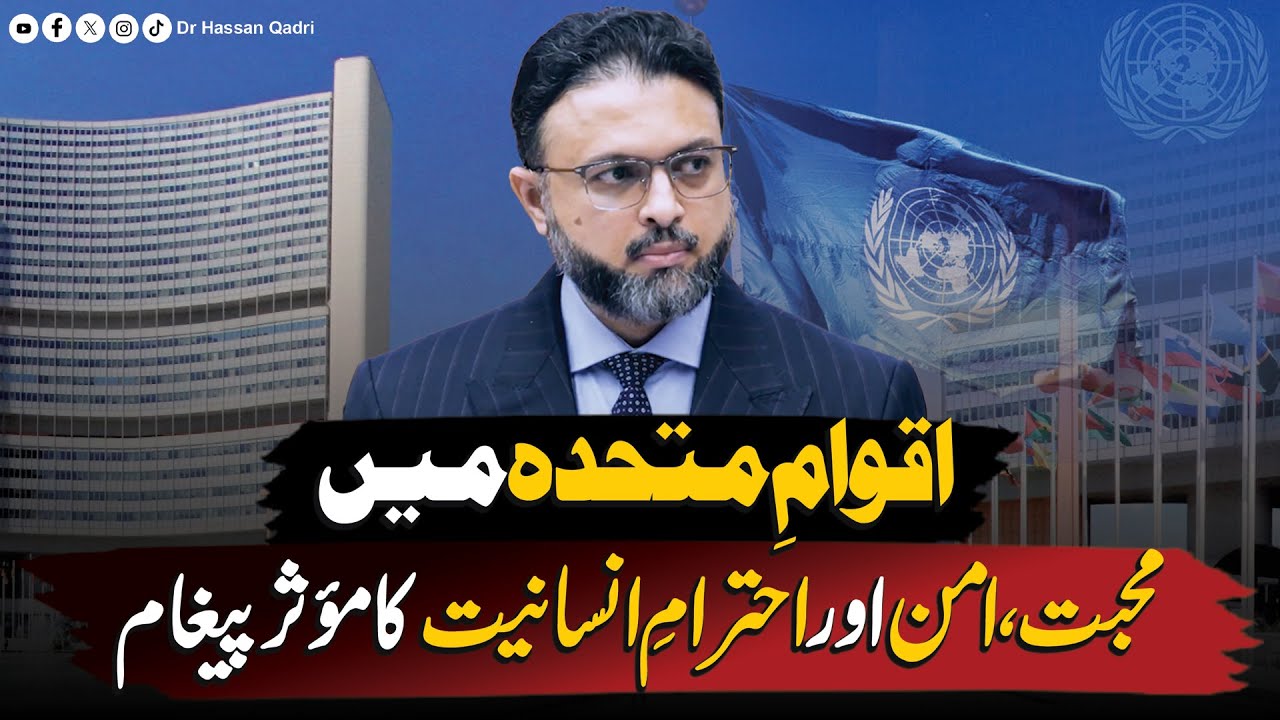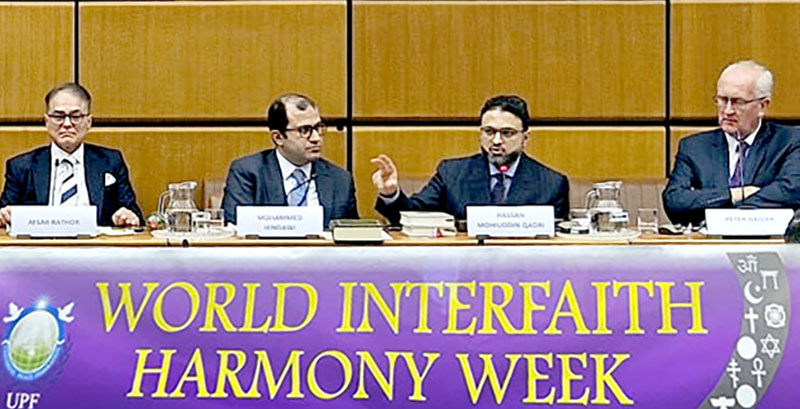Approaching Afghan endgame
Hussain Mohi-ud-Din Qadri
Of late, the news of engaging the Taliban leadership in talks with the consent of the United States has surfaced. There are now credible reports that the US is busy talking to the much feared Haqqani network based in North Waziristan. This demonstrates a clear departure from the earlier policy of dictating terms of engagement with the Taliban premised on the assumption that the surge of the US troops would break the back of Taliban thereby forcing them ‘to beg for peace’.
The thrust of ‘surge and exist strategy’ announced by the Obama administration in December 2009 was on using the military muscle to flatten the terrorists before moving ahead with the negotiation process. Obama’s policy on how to approach the endgame in Afghanistan sought to reconcile tangible refits within his administration. The surge option was advocated by the US military commanders, while the anti-surge camp led by Vice President Joe Biden emphasized the need for limited counterinsurgency operations based on the use of CIA-operated drones and Special Operation Forces.
In an attempt to reconcile the irreconcilable and reflect stance of both side in a consensus policy on Afghanistan, President Obama fixed the July 2011 for the withdrawal of the US combat mission adding a caveat that the fighting capacity and number of the Afghan army would be enhanced to enable it to replace the US forces besides urging the Karazi administration to bring about reforms in the governmental structure.
It is often said that plans and strategies worked out in war rooms often do not get implemented on the battlefield. Situation on the ground shapes its own dynamics and sets the agenda for the warring parties to respond to. Since the day one when the US president launched his policy on Afghanistan, it was said to be a failure waiting in the wings to mark the US war effort. The policy only reflected lack of direction characterized by contradictions and intense policy rifts between the military commanders and the civilian leadership. It was said to be a non-starter and has proven to be so in the first place.
A Guardian’s editorial of October 7 describes the situation thus, “There is a clear and pressing need to end the monumental folly of prosecuting a war in Afghanistan. It is spreading in intensity into the tribal areas of Pakistan and could yet rattle a weak civilian government in Islamabad to bits.” The increase in the number of drone attacks in the North Waziristan and subsequent Pakistani response of halting the NATO supplies through Turkham border has exposed the myth of deepening strategic relationship between Washington and Islamabad. To all intents and purposes, it largely remains a tactical and need-based relationship bereft of any deeper understanding on mutual issues.
Though the Pakistani government has ordered the reopening of the border for transportation of the NATO supplies after both NATO and the US government tendered public apologies over the helicopter incursions into the Pakistan territory, which resulted in the deaths of three Pakistani soldiers, the relationship between the so-called war allies remains fraught with tensions and policy rifts. These apologies might have served to cool down the raging anger for a while; however, there is a clear clash of interests between Pakistan and the US. The short-term tactical objectives of the United States are at odds with the long-term strategic objectives of Pakistan in Afghanistan.
Pakistan’s security establishment is rightly worried over the situation in Afghanistan after the withdrawal of the US. Given the huge economic constraints further exacerbated by the history’s worst floods, Pakistan ill-affords to face two hot fronts, one in the East and other in the West.
The increase in the number of drone strikes over the border areas of Pakistan and shifting of war theatre from Afghanistan to North Waziristan may be necessitated by the urgent need to show results to the war-weary American public that the surge strategy is bearing fruit. It may also be an effort on the part of US and ISAF commander, General David Patraeus, to thwart Obama’s plan to start withdrawing the US forces from July 2011 by constructing a false notion of ‘victory’. There have also been contradictory statements on and the differing interpretations of what the US President meant by July 2011. Did he mean to start the actual withdrawal of the US combat mission by this date, come what may, or was he referring to it tentatively by way of spurring efforts to wind up the United States engagement in Afghanistan? The upcoming mid-term elections in November might also have catalysed the recent surge in strikes over Pakistan’s borderland in an attempt to deflate the impression built by Obama’s Republican political adversaries that he was not a war president.
The Obama administration’s Af-Pak strategy is a stark failure and does not stand any chance of success. Instead of containing terrorism, it has further fuelled its intensity. The White House assessment sent to the US Congress coupled with disclosure of WikiLeaks some time ago raises serious doubts about the loyalty and intensions of Pakistan in prosecuting war against the Taliban. Despite tall claims by both sides, there is no institutional arrangement capable of harmonizing their differing viewpoints into an integrated policy.
The US is adamant on continuing with its present Af-Pak policy and shuns any notion of engaging with the Taliban publicly. This is the impression one gets from the President Obama’s statement wherein he said, “We are continuing to implement the policy as described in December and do not believe further adjustments are required at this time.”
However, internally there is now a gradual change of heart in Washington with increasing realization of negotiated settlement of what has been termed as the most intractable oversees engagement of the US. The Obama administration can make much needed mid-course correction in the upcoming policy review in December by aligning discordant elements into a cohesive line of action in the light of the lessons learnt over the year. The success or failure of the policy review depends on a large part to addressing the Pakistani concerns and apprehensions. It remains to be seen whether Obama possesses the ability to walk the talk.
The writer is Australia-based PhD candidate




















Comments